I do a lot of portfolio reviews with young, upcoming talent and very often I come across the same type of image. Young woman, who I feel like I have seen a gazillion times, in a bikini, on the beach, on her knees, legs wide and pulling a sultry pose. If they wanna make it seem less sexualised they may add in a wet t-shirt- but you get the gist.
And I get it, we have grown up with page three, playboy, early 2000s, the Wolf of Wall Street, “sex sells” and that beautiful women and the capacity to shoot them holds within it an intrinsic commercial viability. Let’s squash that shall we.
It’s true that when you look at Mario Testino or Mario Sorrenti, both notorious for their images of Kate Moss & weirdly both called Mario, that you would think this was a defined route into the industry and one that would prove fruitful. But that was a different time & it doesn’t work the same anymore. Nor should it really have been in the first place.
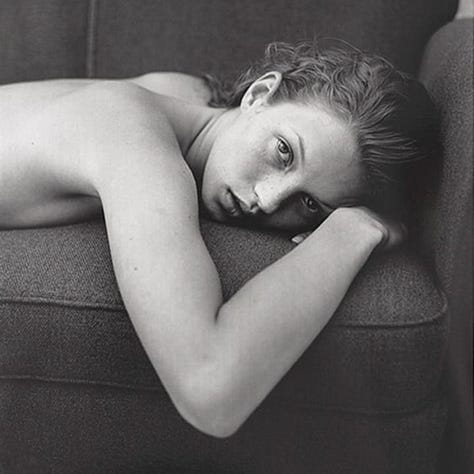
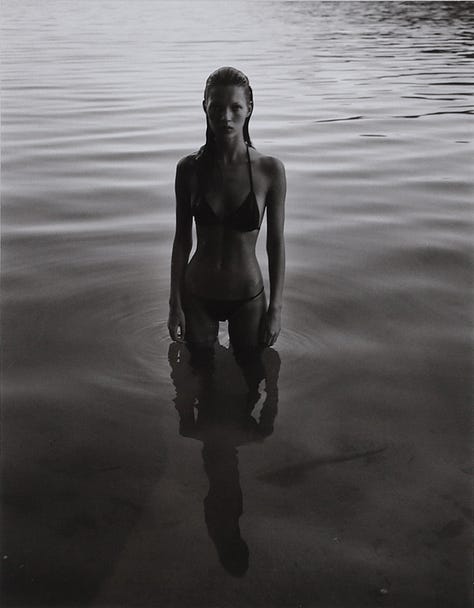
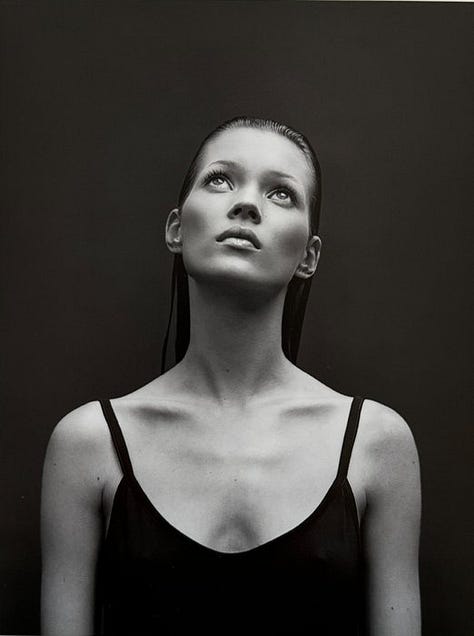
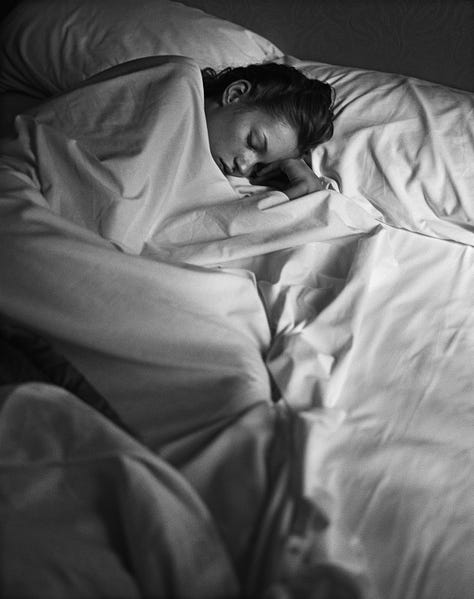
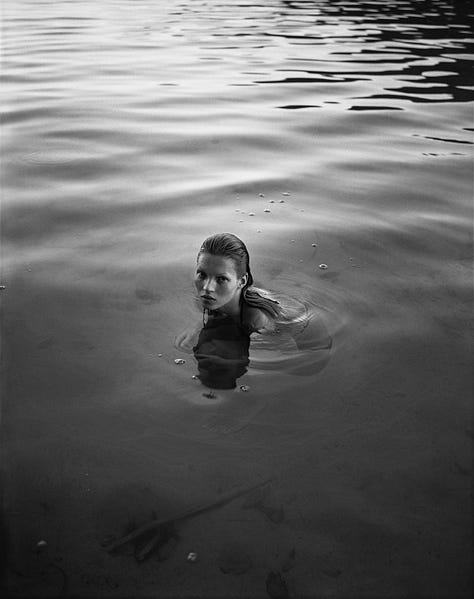
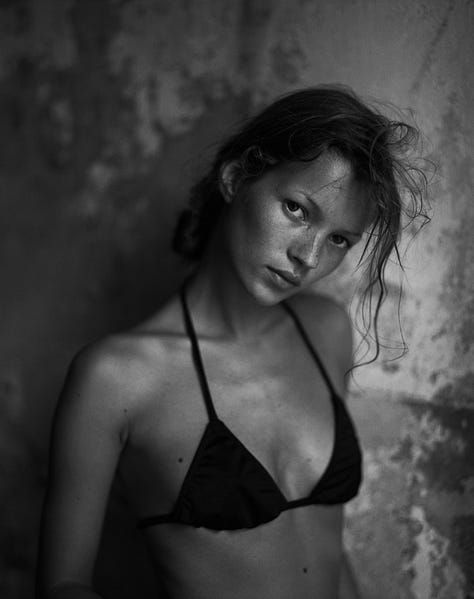
Whilst many would argue ‘this is now longer the case’, I don’t know what rock you are hiding under. How many shoots have we come across with just lazy casting. Choosing a celebrity who doesn’t really make sense for what the shoot needs, only being used for their charged fanbase over anything else, leading to an expensive and possibly incredible creative to feel somewhat deflated?
And don’t get me wrong, this is by no means a lecture against attractive people. I have come across, worked with and got to know many models in my time, it is an incredibly difficult job despite what many people may think and a professional model is one that can adapt, mould and be more than ‘just a pretty face’. Even within what I’m saying, a conventionally attractive person may not be a model, same as there are many many many models who would not be considered conventionally attractive- they are not symbiotic in that way.
Diversity is incredibly important in front of your lens for a myriad of reasons, and to be honest as a creative and likely more liberal person (if I were to generalise), you should be aware of the need for diversity- so why are you still falling into this trap?
There are many reasons to stop shooting & casting conventionally attractive people, but here are my top three:
You’re feeding into a stereotype.
Let’s start off with the big & bold point, you are perpetuating a stereotype that the only people worth shooting are those that are societally deemed beautiful. This doesn’t by the way allow for subjective beauty, but those that within a wider population survey would be considered attractive by most people- as a cliche: skinny, blonde and caucasian.
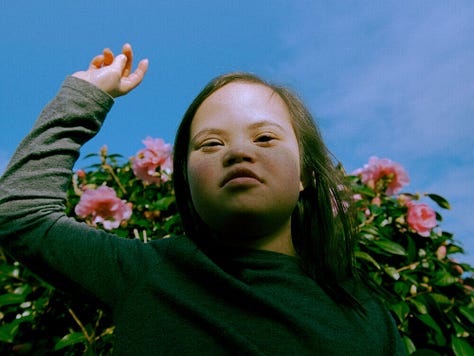

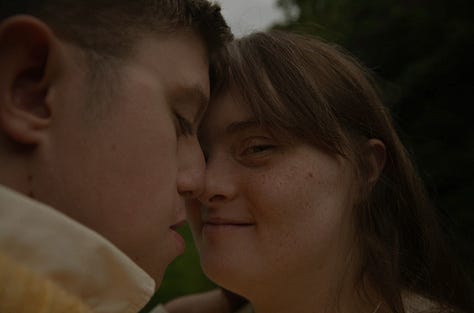


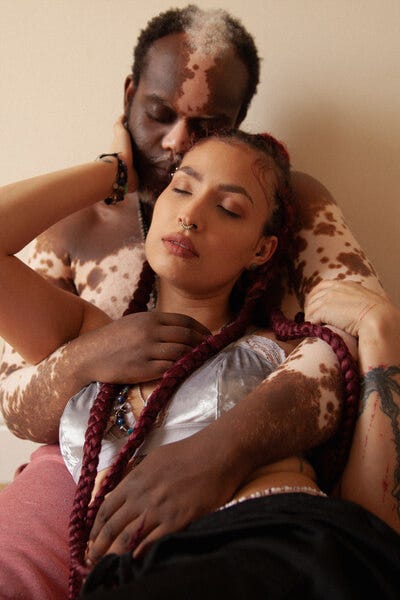
By continuing to just cast these people for no other reason than sheer standards shows that you and your work is intrinsically fed by what is deemed popular to a wider audience. That you are operated by trends and wider subjective preferences before understanding your own. And if you are trying to tell me “well my subjective preference is to only shoot Victoria’s Secret style models” then my response truly is- grow up.
Not only this, and I don’t mean to insult, but if you are a straight man behind the lens I will judge you harder in this case. Prejudice on my part, but unfortunately true. If your portfolio is full of half naked women, seductively looking at your lens- I will question your motivation here. And I would say the same with a gender reversal of women shooting solely half naked men. 2025 is no place for predators.
You’re not learning as much.
Every time you are working with and collaborating with a subject or on a shoot in general, you are learning. When you widen that pool of who you are shooting, it increases and feeds into the skills you will perfect when entering the more commercial landscape. Do you realise how many photographers I have come across, who have no idea how to light or grade different skin tones? It’s truly quite insane.






Another aspect you might learn is how to do post-production work on someone who has differing skin to the standard airbrush. What if they have wrinkles, freckles, vitiligo- elements of their skin that shouldn’t be edited in retouching- but you don’t know how to make small modifications without affecting these features? Whilst you many not be retouching your images in the future, it doesn’t mean you shouldn’t feel the need to finesse your skills here.
But even wider than these, shooting differing types of people really teaches you the interpersonal skills to make people comfortable in front of your camera. There are commercial campaigns where you might be dealing with Paralympic athletes for example, so would need to find other ways to provide feedback or actions to someone who is blind, or who is deaf. There are also models who have autism, down syndrome and Tourette’s. Learning early on how to work with various people, and make them feel confident in front of your camera is imperative- & will teach you so much more about your practice and how you approach your art. So many campaigns nowadays are using ‘real’ people as part of their creative- if your only experience is through models you will lack the necessary understanding of collaborating with someone who lacks that on set experience- that may be shy, or embarrassed, or nervous.
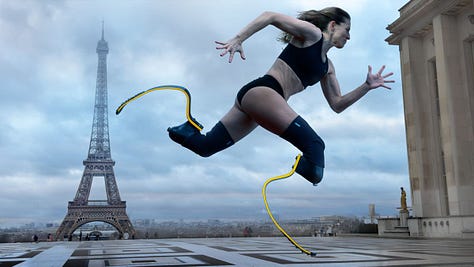

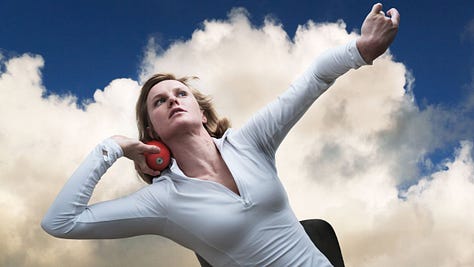
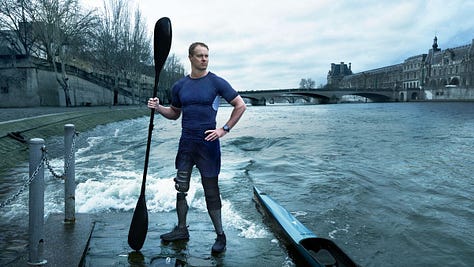
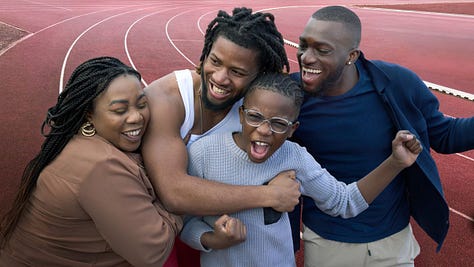
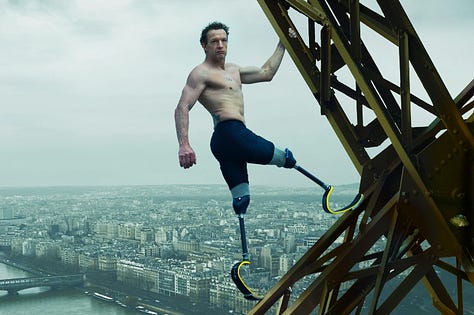
You’re doing the creative a disservice.
Now for some people who genuinely don’t care about the other two points (please seek therapy). If you are only concerned about the superficial elements here of your shot, then you are also doing your creative a disservice. To my earlier point, lazy casting can be the noose on an otherwise incredible campaign. People often overlook casting when it comes to photography, but it is absolutely crucial- hence why its an actual job & also why people win awards for it.
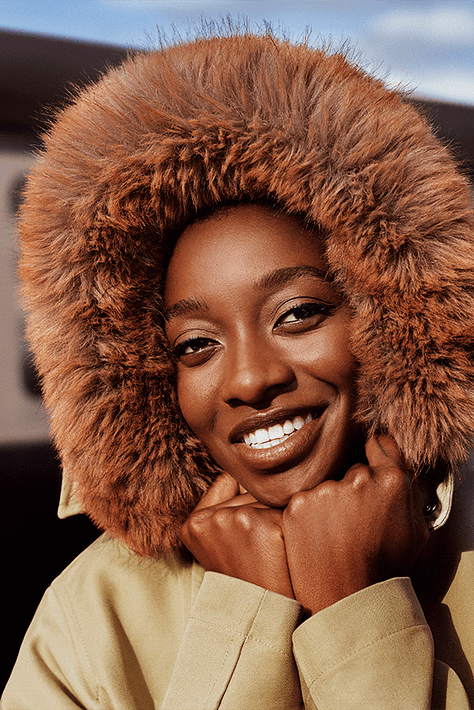





Campaigns that are memorable aren’t just about how they were shot, but also about who was shot. If we look at celebrity campaigns alone, two of my favourites last year were Burberry ‘It’s Always Burberry Weather’ and Aimé Leon Dore ‘The World’s Borough’. Both had fantastic casting, with meaning and interest, that sparked conversation and intrigue- as a campaign should.
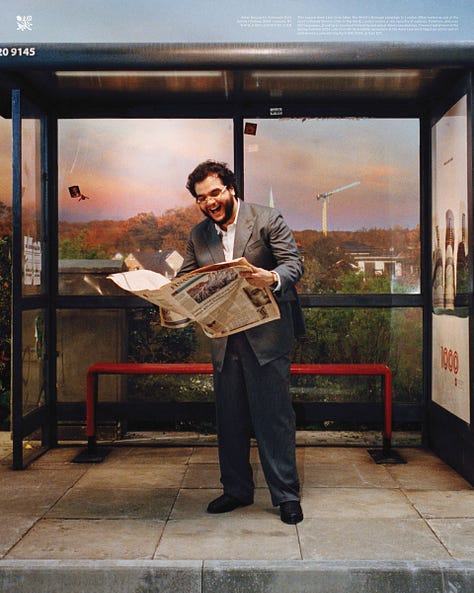
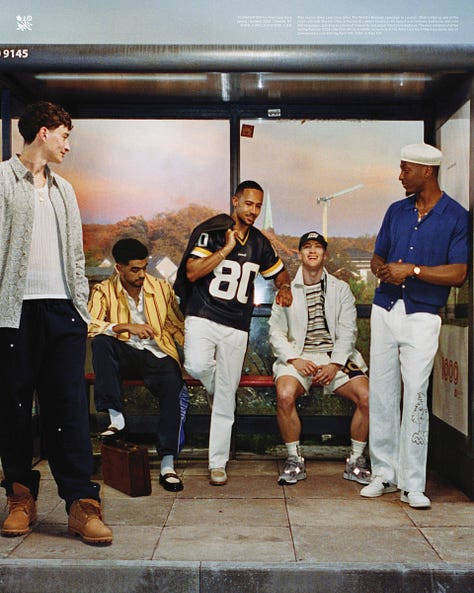
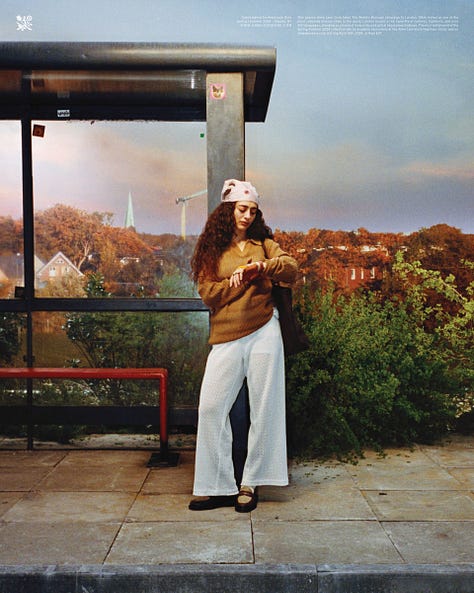
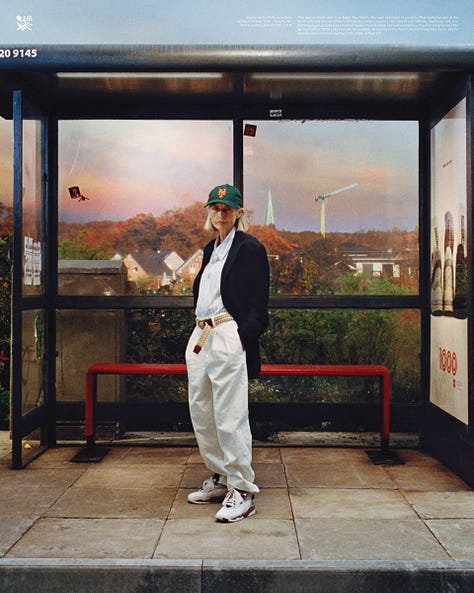
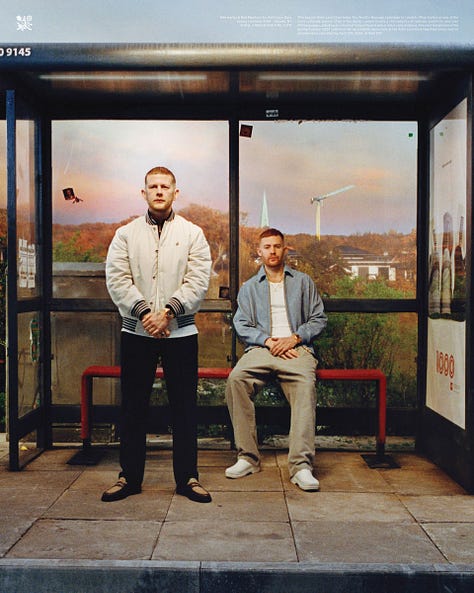
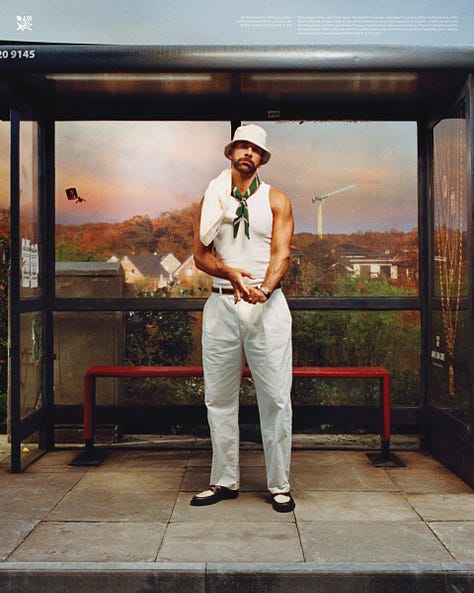
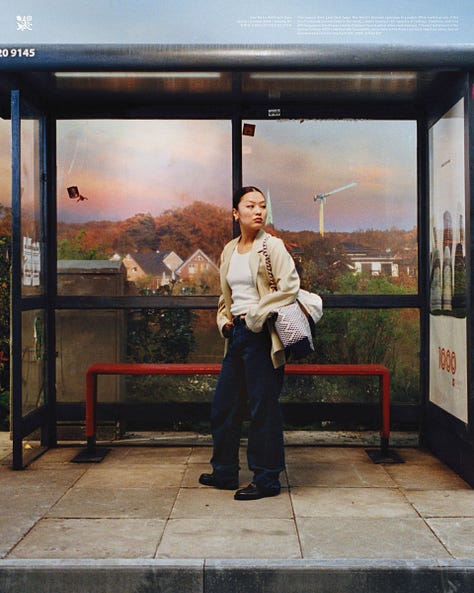
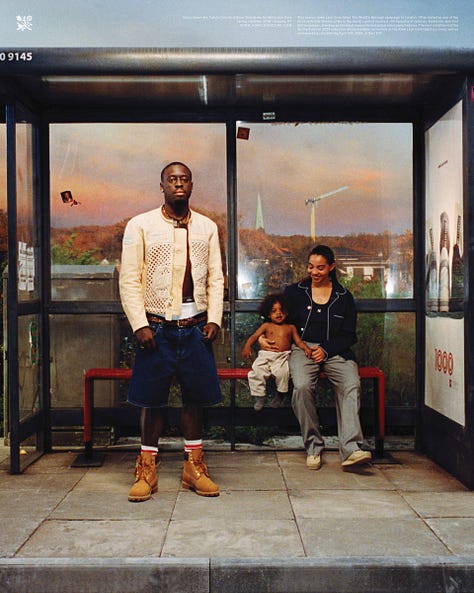
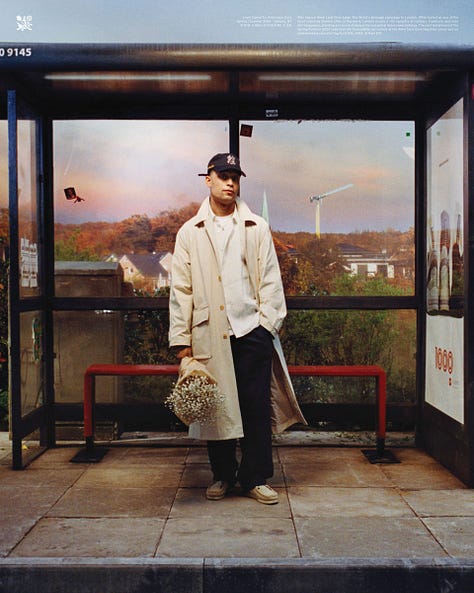
Sometimes the creative excels even more when it includes real people, one that really sticks out here was Diesel’s ‘Successful Living’ campaign for Spring 2024, where they teamed up with Guinness World Records to create these game show contestants with weird and wonderful talents and achievements. This really supported the visual aesthetic to the wider campaign and only elevated the creative to make such a memorable deck of imagery.
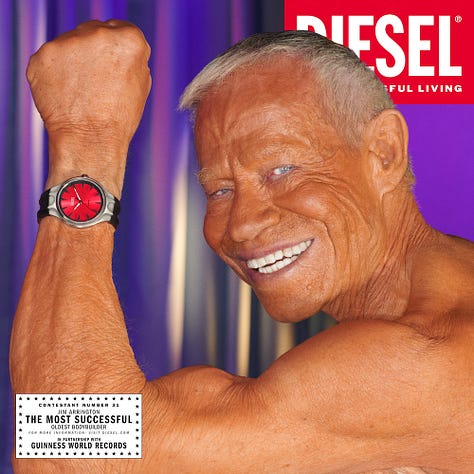

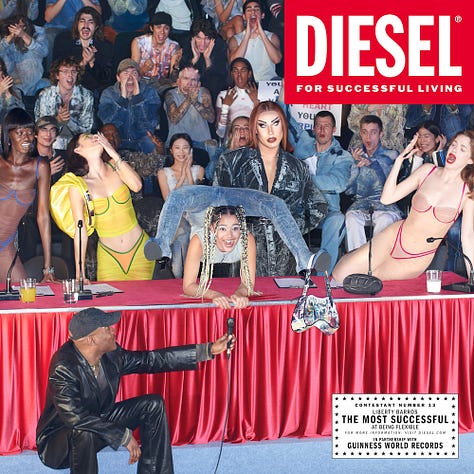
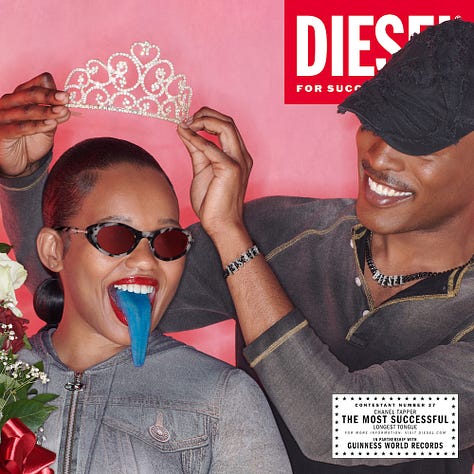

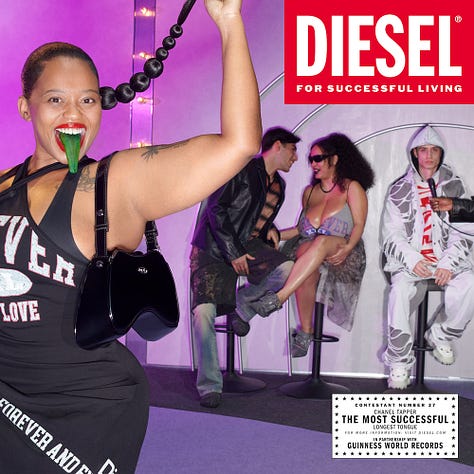


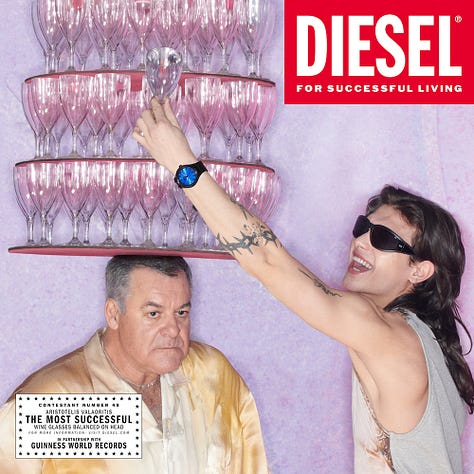
Another really fantastic example was Lidl’s ‘Suddenly Fragrances’ campaign where they used real Lidl employees who had the same name as famous A-Listers such as ‘Shakira’ Khan from Luton, Chris Pratt from Preston Grange and Robbie Williams from Stanningley.
So whilst to be honest, in today’s day and age, there should be no need for me to write an article about how you should diversify the people you shoot- there you have it. And if you choose to ignore me and continue as you were, more fool you. This is the year to really look at your body of work and hold yourself accountable for diversifying the images you are taking, because trust me if you don’t- I will.






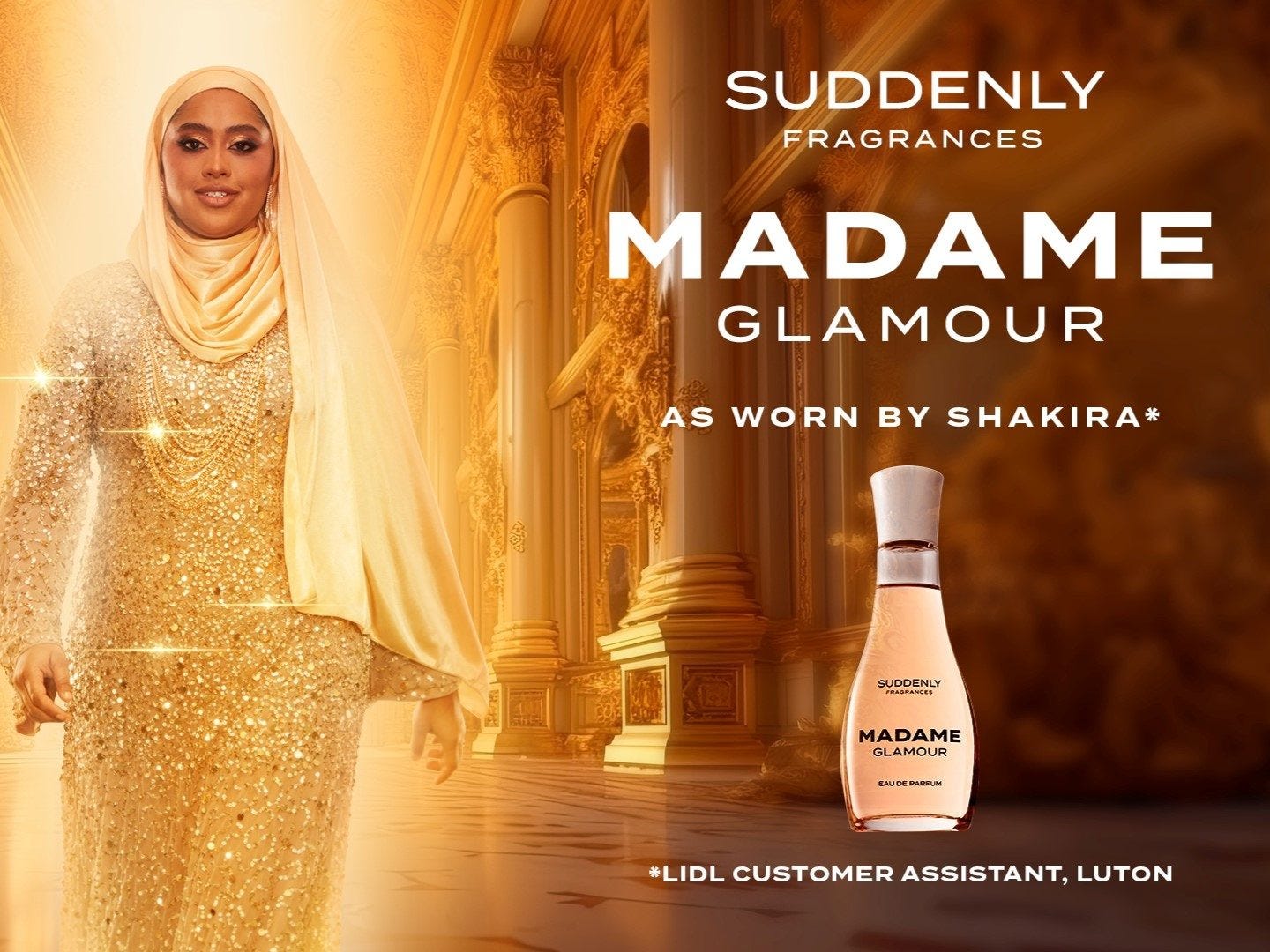
Loved every part of this! Annoyingly, it still feels like higher ups have too much say in this (and probably do need to seek therapy).
And this is why I will forever photograph ‘real people’ and not retouch my work 🙌🏻
And often will try and cast from the more diverse model agencies for my personal projects. Harder to do with clients but some of us are trying to have that conversation